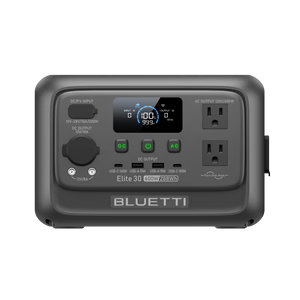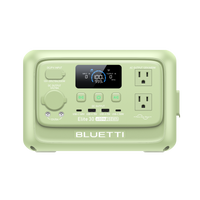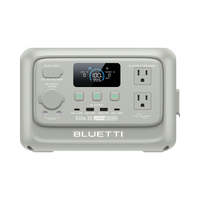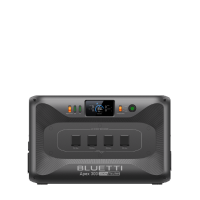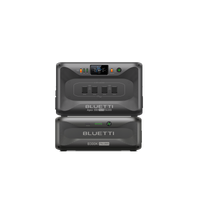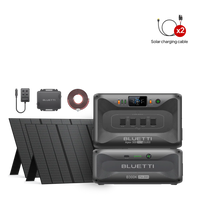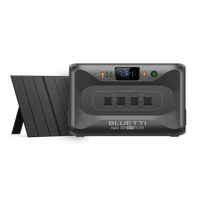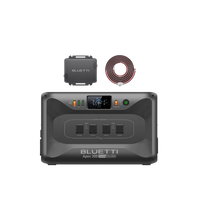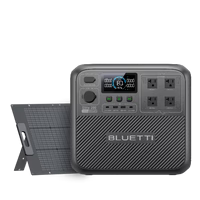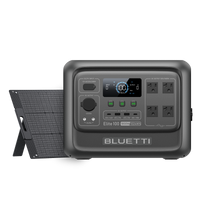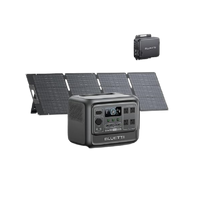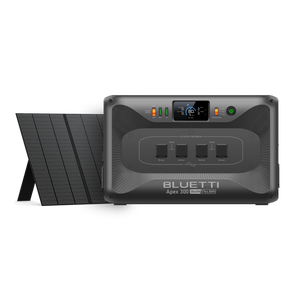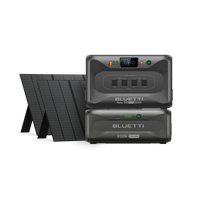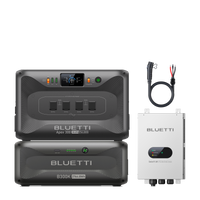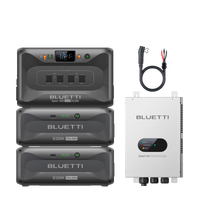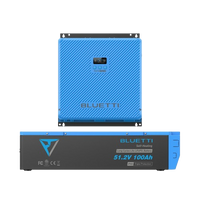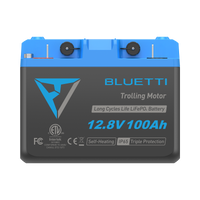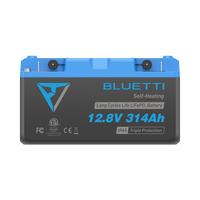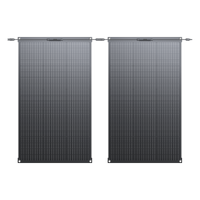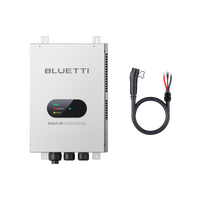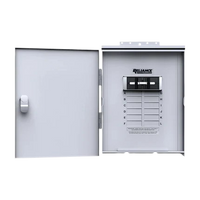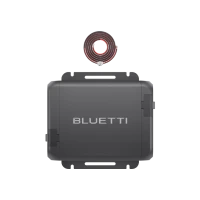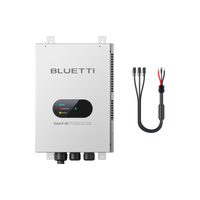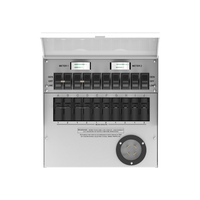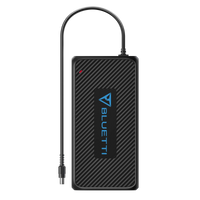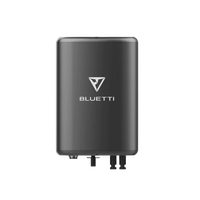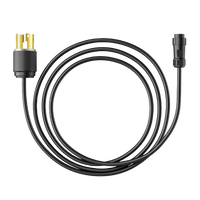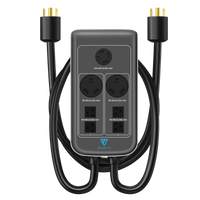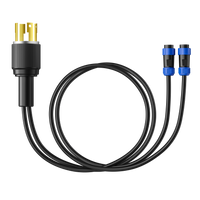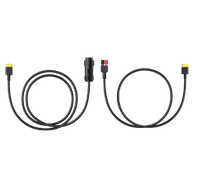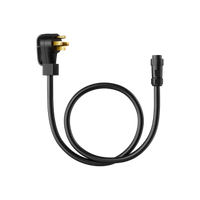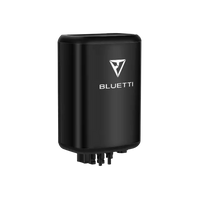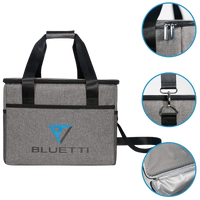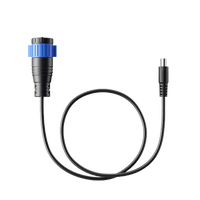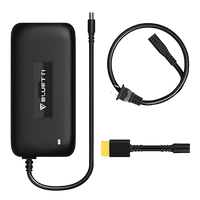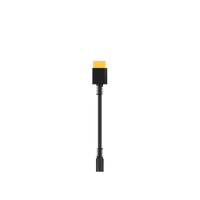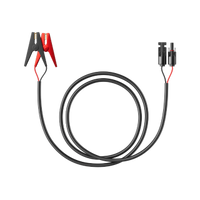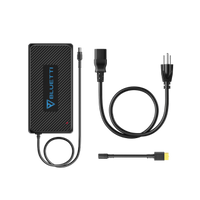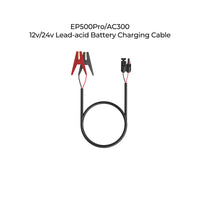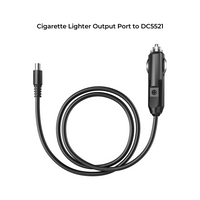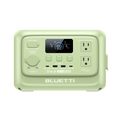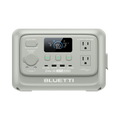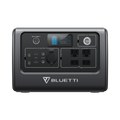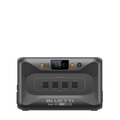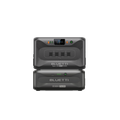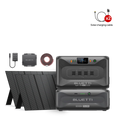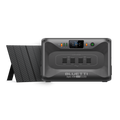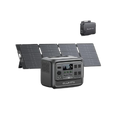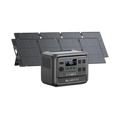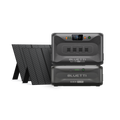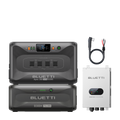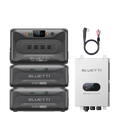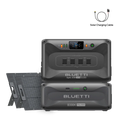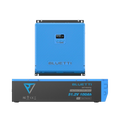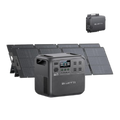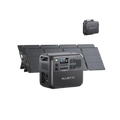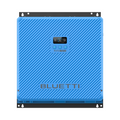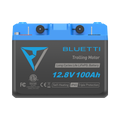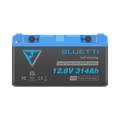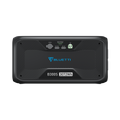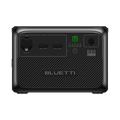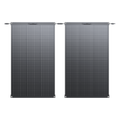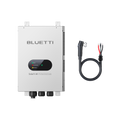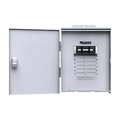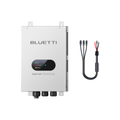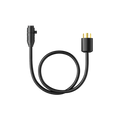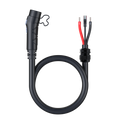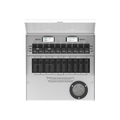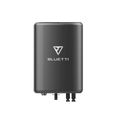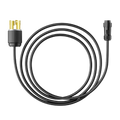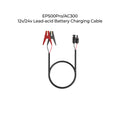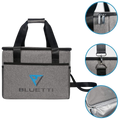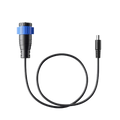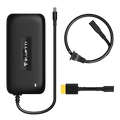A major bill in property ownership/renting is heating/cooling. Especially in areas with very cold/hot conditions, the desire for temperature moderation is great. Knowing such costs can put a person on a budget, and perhaps find ways to save money on energy. For this reason, it is very crucial for one to learn about how much electricity an electric furnace uses as it contributes toward assessing just how much power your home uses. That knowledge, therefore, equips you with the ability to make informed choices regarding your energy consumption by comparing various home heating options. This article, therefore, seeks to comprehensively analyze how much energy an electric furnace consumes. We'll also cover how this can be reduced.
How Many Watts Does an Electric Furnace Use?
This measurement is a critical component of an electric furnace. It requires 10000-50000 watts. However, the usage of the watts depends on the model. The electric furnaces with standard residential homes run close to 20,000 watts, which runs on 60-80 amps with a breaker of 220 volts. That high wattage is needed to create the required heat, in order to warm your home. However, note that furnaces typically use much less wattage in their "running" cycle, compared with the noted wattage, since they turn on and off all day.
On average, furnaces cycle on and off 2-3 times in every hour, and for a time span of 15-20 minutes, which is 35 minutes per hour. So, actually, an electric furnace with 20,000 watts will actually run with about 13,000 watts each hour. This on and off cycle is what keeps a constant temperature in the house and also saves some energy.
How Much Electricity Does an Electric Furnace Use?

The amount it utilizes really depends on how often it is run. In most cases, an electric furnace usually consumes about 26 kilowatt-hours of electricity per day, amounting to 182 kilowatt-hours of electricity in a week, derived from an average of two hours of usage per day. The watts of the electric furnaces tested showed that they all used different amounts of electricity during a year.
A 20,000-watt electric furnace uses about 3,163 kilowatt-hours annually, assuming it cycles a couple of hours a day during the four months of the year. Cycling for the operation of the furnace is incorporated into this calculation. Remember that this is general in nature, and the statistics might vary in accordance with your home size, furnace efficiency, and personal comfort preferences. A bigger property, for example, would need a higher-wattage option, which takes in more power.
How Much Does It Cost to Run an Electric Furnace?
Indeed, the greatest worry to many is the cost that will come with running an electric furnace. For a homeowner, it costs on average $37.42 each month and $449 in a year to run an electric furnace. The costs may be variable among the states as their energy rates may be different. For instance, some homeowners can expect to part with $174 a month for the four months it is heating.
It is during these months, especially the cold ones, where heating expenses accumulate very fast. These statistics place the cost implication of running an electric furnace on the forefront when designing the heating system for a home. It's also worth noting that these costs can be offset somewhat by energy-saving measures. These include a thermostat ( a programmable one) or insulating your home.
How Much Money Can Solar Panels Save You?
These options have become very popular. They are preferred because this will easily reduce your electricity bills. There is a massive variation in the savings of solar, and your unique savings will depend on a few factors: electricity use, your location, electric rates and plans among others. Generally, most homeowners can expect to save somewhere between $10,000 and $30,000 over the life of a solar panel system.
The average payback period for most homebuyers shopping for solar is between seven and eight years. That is to say, after this period of payback, the electricity produced by the solar can be considered free. Thus, for people intending to offset the cost of running an electric furnace, solar panels become a viable option. Besides being cost-saving, solar panels reduce your carbon footprint and serve as an ideal option for ecologically minded homeowners. The recommended panels are:

This high-efficiency and lightweight portable solution comes for your solar power needs. It is designed to harness sunlight and convert it to solar power effectively, even during bad weather, with a high efficiency of 23.4%. The monocrystalline solar cells will ensure top performance in the conversion of energy. Besides, the design of the panel will set up easily with its kickstand, enabling you to have the perfect angle for optimum sunlight exposure.
More impressively is how well it does in recharging times for models under BLUETTI, making it a great companion for your solar generators. It is rugged and protected by an ETFE coating and an IP65 junction box that will protect against scratches and water splashes, making it a perfect companion for outdoor activities like camping, fishing, and hiking. But it is not supposed to be directly exposed to rain or soaked in water.

It's a reliable solar power option, making it an inexpensive source of renewable electrical energy. Being foldable and portable, it can easily be moved and set up anywhere. Advanced laminated technology and the surface of the long-life ETFE material provide durability, light transmittance, and scratch resistance to this panel. Besides, it can quickly be cleaned. This is made possible with a damp cloth.
It's IP65 water-splash resistant. But it is not advised to put it under the rain or soak it in the water. Also, with a very high 23.4% efficiency, the conversion rate is very high. In addition, the fixed four stands help to maximize the panel use. Lastly, the PV350 has an MC4 connector at its back, which makes it highly compatible with most solar generators in the market, especially BLUETTI models.
How Many Watt Generators Do You Need to Run an Electric Furnace?
A back-up power source is pivotal. It is needed in order to keep the house warm in case there is an interruption in the electric supply. Most lithium-ion batteries are rated in power output of 4–5 kW or higher and with 10+ kWh usable capacity. Electric furnaces typically consume around 1.5 kW (20,000 watts) of power at any one time, so you are going to need numerous batteries worth of power to keep an electric furnace running for any duration of time.
In this respect, throughout many areas where the winters are very severe, these power outages may be more regular and extreme in comparison. That only underlines the importance of backup power options when one is relying on an electric furnace to fulfill his heating needs. A generator will surely keep your mind at ease that your house will still be warm, even with the lights out. One of the recommendable ones in the market is the AC500+B300S+2*PV200. Read on to find out more:

Its powerful and versatile solution meets most of the power needs. The rated output of the device is 5,000W, with a surge capacity of 10,000W, to power most gadgets and appliances. The battery is LiFePO₄-based, with flexible capacity settings ranging from 3,072Wh to 18,432Wh, offering more than 3,500 life cycles to 80%, which implies many years of use. All this, coupled with WiFi and Bluetooth connectivity, gives this device the ability to be APP-controlled.
The system has six ways of recharging and will give you convenience and flexibility. The 16 outlets are so versatile that they will easily plug in up to 99% of all devices, making this truly a universal power solution. Besides, the UPS home backup system is around the clock. Also, the 4-year warranty provision gives peace of mind. The included PV200 panels are highly effective and long-lasting while being compatible with most solar generators with MC4 connectors.
Are Electric Furnaces Expensive to Run?
An electric furnace is cost-effective for various reasons. In most cases, they turn out to be very costly to operate, especially in areas where power is very expensive. But, running costs can be offset with the use of energy-efficient devices and systems certified by ENERGY STAR. These cost less money to run because they use less power by being efficient in their applications.
Consider an ENERGY STAR certified model, for example, which is going to use 15-20% less power than the only one that's standard. That means, in theory, it will possibly save that much money over its life cycle. As such, this means that getting energy-saving appliances may be cost-effective in the long run. Alternatively, properly insulate your home and seal windows to save energy and cut on heating costs.
Final Thoughts
As you can see, there is so much to consider when thinking about the energy use of an electric furnace. Understanding the amount of energy that your electric furnace consumes is of key importance in managing your house's energy use and costs. No matter how expensive running an electric furnace is, installing solar panels and setting up more energy-efficient appliances can really help to alleviate the burden on the electricity bills that your household foots. Plan your systems in relation to both your present and predicted future electricity usage. Energy management can lead to a proactive control over the costs related to electricity while contributing to a comfortable home. One just needs to plan it. After all, every little bit helps in saving energy and reducing the carbon footprint.
